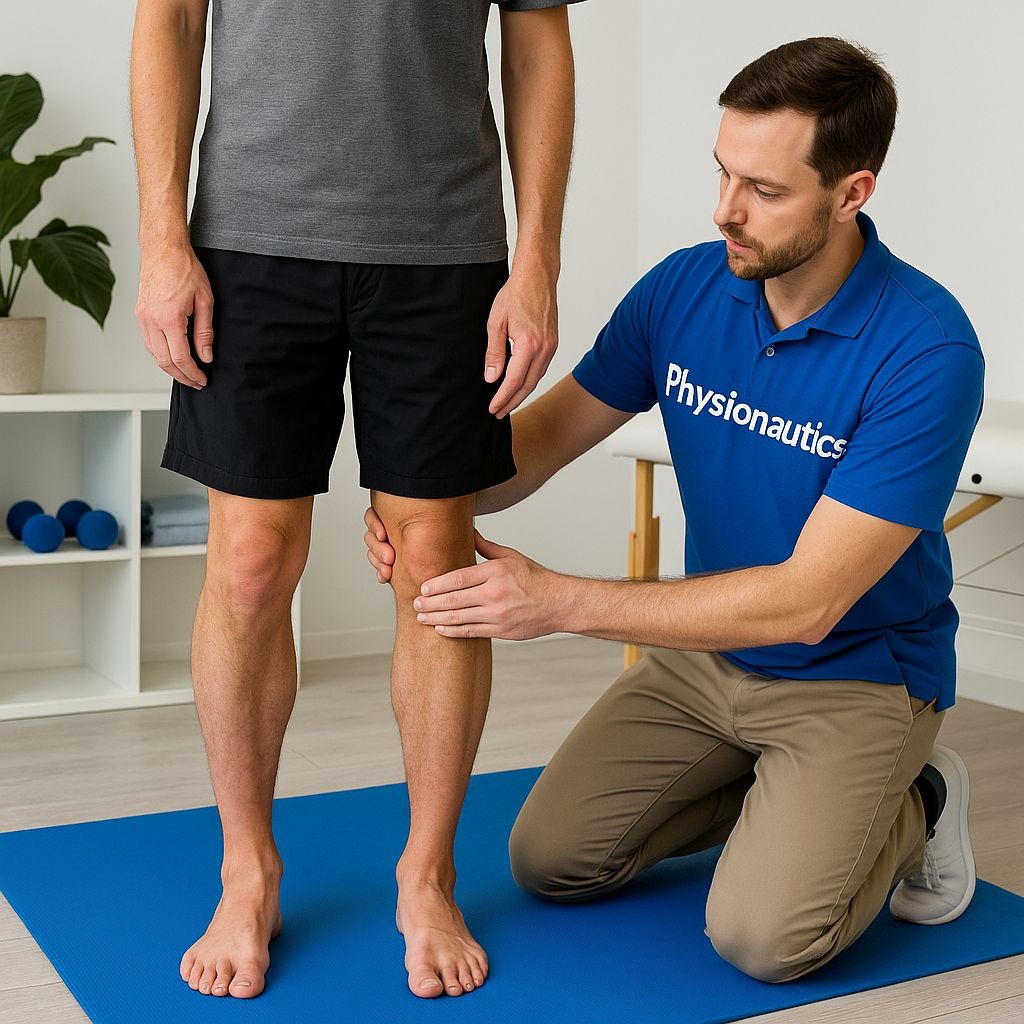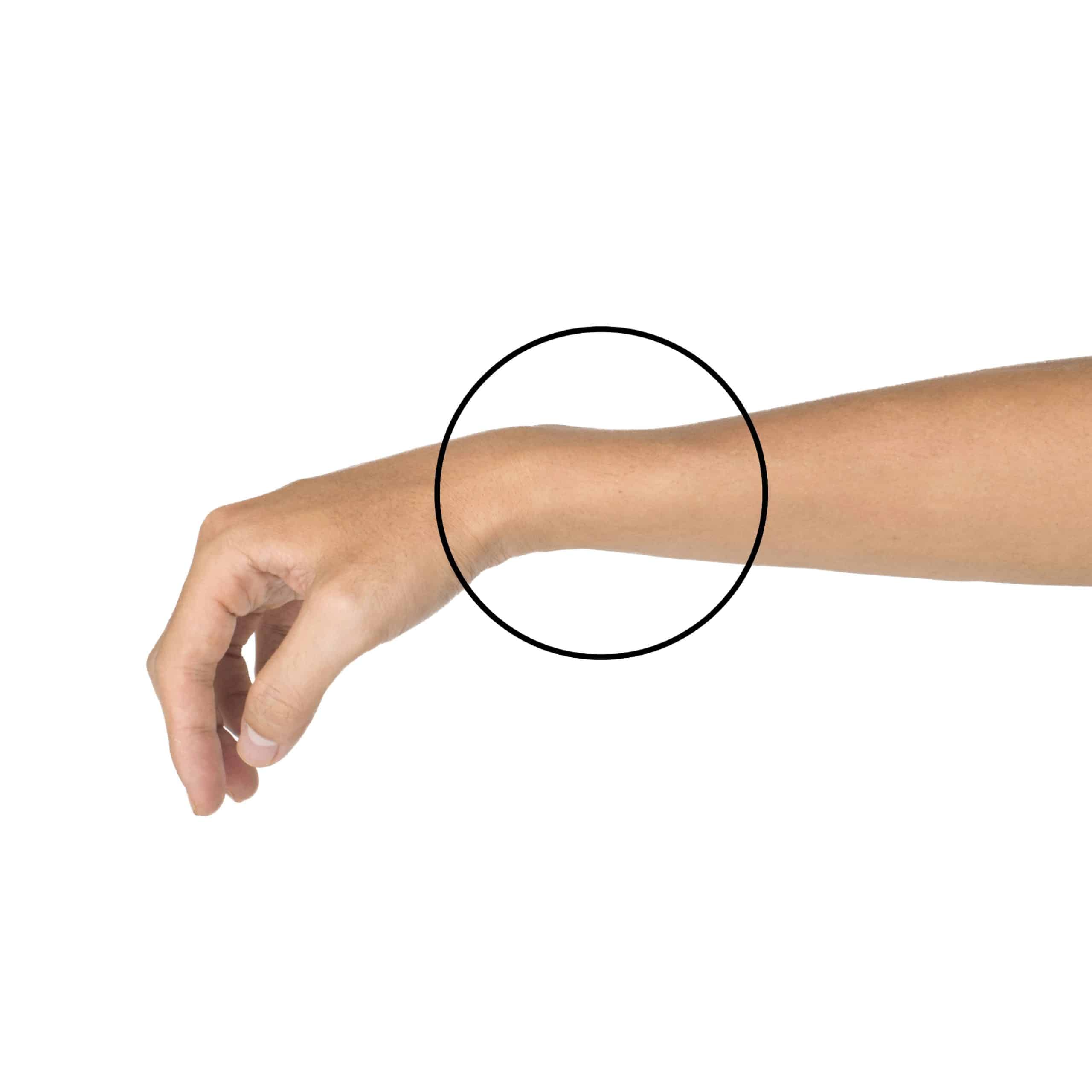



De Quervain’s Tenosynovitis: How Physiotherapy Can Help You Heal Faster. Ever felt a sharp pain near your thumb or wrist while texting, scrolling, or playing games for hours? Well, you might be dealing with something called De quervain’s Tenosynovitis (don’t worry, it's less scary than it sounds). This condition can cause pain and discomfort in the wrist, especially around the base of the thumb. But here's the good news: with some advanced physiotherapy techniques, you can recover quickly and get back to doing what you love. Let’s break it down. What the Heck is De Quervain's Tenosynovitis? In simple terms, De Quervain's Tenosynovitis happens when the tendons in your wrist (the ones responsible for moving your thumb) become irritated or inflamed. It's like a traffic jam in your wrist, where things are just too crowded, and it causes pain, especially when you move your thumb or wrist. What Causes It? It’s usually caused by repetitive motions, like: Texting, scrolling, and gaming: All that thumb action can be a real strain on your wrist. Sports: Activities like tennis or golf can stress your wrist too. Lifting: Carrying heavy bags or lifting objects awkwardly can cause inflammation. Common Symptoms to Look Out For: Pain or tenderness at the base of your thumb or wrist. Swelling in the area. Difficulty moving your thumb or wrist, especially with gripping or pinching. A feeling of “sticking” or snapping when moving your thumb. If you're experiencing these symptoms, don’t ignore them! getting checked by a physiotherapist early can save you a ton of pain in the future. Common Symptoms to Look Out For: Pain or tenderness at the base of your thumb or wrist. Swelling in the area. Difficulty moving your thumb or wrist, especially with gripping or pinching. A feeling of “sticking” or snapping when moving your thumb. If you're experiencing these symptoms, don’t ignore them! Getting checked by a physiotherapist early can save you a ton of pain in the future. How Advanced Physiotherapy Helps You Heal! Now, let’s talk about how physiotherapy can be a game-changer in your recovery. Gone are the days of just “resting it off.” Modern physiotherapists use a mix of techniques to speed up healing and prevent the condition from coming back. 1. Active Rest and Movement Resting doesn’t mean completely stopping movement! Your physiotherapist will guide you through specific exercises that gently stretch and strengthen the muscles without aggravating the injury. This helps the tendon heal while keeping the surrounding muscles strong. 2. Soft Tissue Mobilization This technique involves gentle massage and pressure on the affected area to reduce swelling, release tension, and promote healing. Think of it like a 'massage for your tendons' that helps speed up recovery. 3. Kinesiology Taping You’ve probably seen athletes rocking colorful tape on their bodies. This isn’t just for looks—kinesiology tape can help reduce pain and swelling, and support the tendons and muscles while they heal. It works by lifting the skin slightly, allowing for better circulation and less pressure on the injured area. 4. Ultrasound Therapy No, not the kind you’d use to check on a baby. This type of ultrasound uses sound waves to penetrate deep into the tissues, promoting healing at a cellular level. It can reduce inflammation and pain by increasing blood flow to the injured area. 5. Strengthening Exercises Once the pain starts to ease up, your physiotherapist will focus on strengthening the muscles around your wrist and thumb. This helps prevent future flare-ups and improves mobility. 6. Postural and Ergonomics Coaching A key part of recovery is learning how to prevent the condition from coming back. Your physiotherapist will likely give you advice on better posture and ergonomic practices, especially if you spend a lot of time on your phone, computer, or playing video games. They’ll help you adjust how you hold your devices to take the stress off your wrists and thumbs. Can You Prevent De Quervain's Tenosynovitis? Absolutely! Prevention is key, and here are some tips: Take breaks when doing repetitive tasks like texting or gaming. Stretch your wrists regularly to keep them flexible. Use proper ergonomics when using your phone or computer. Strengthen your wrist and hand muscles to avoid overloading the tendons.
We hate spam too.